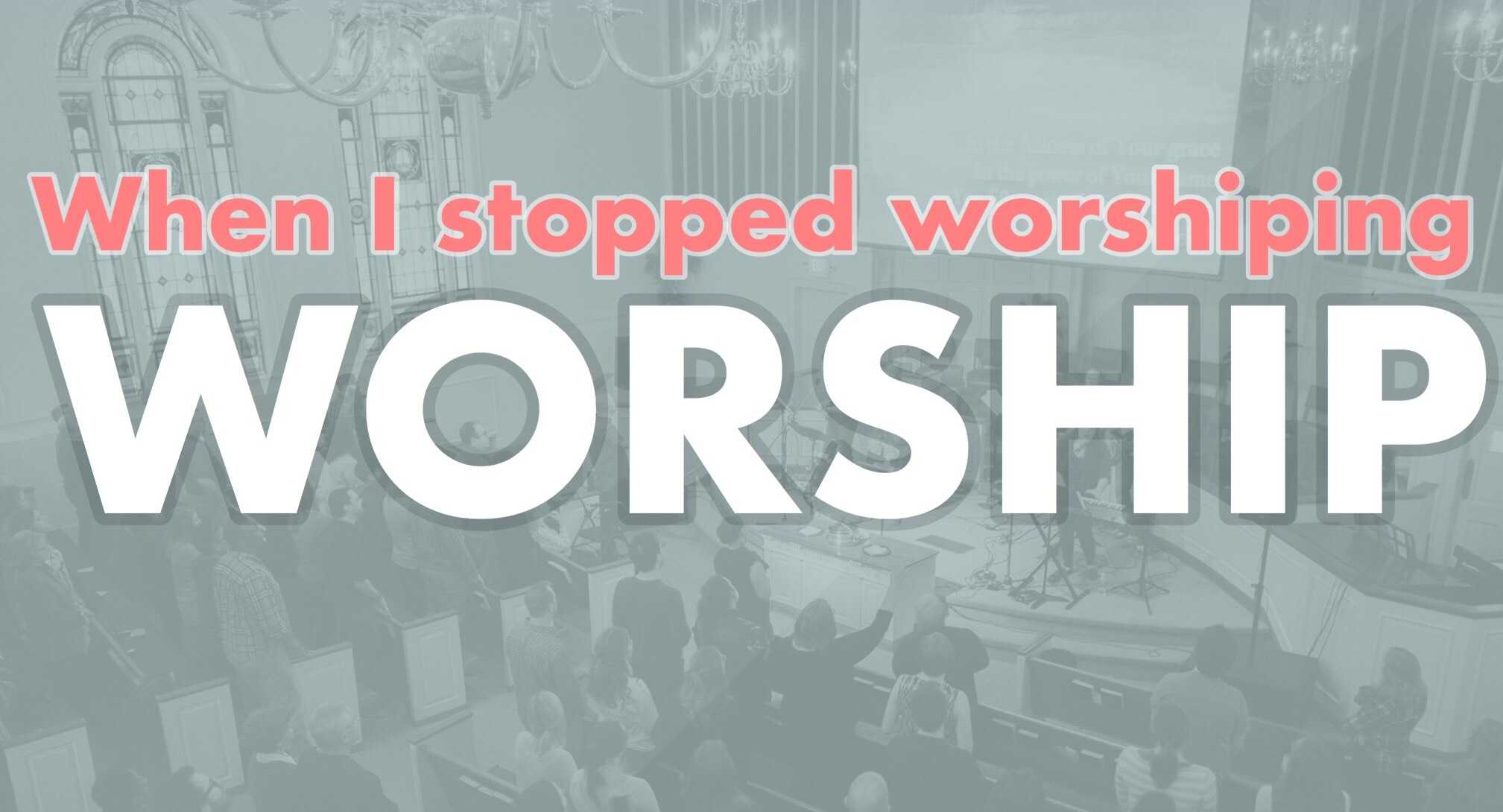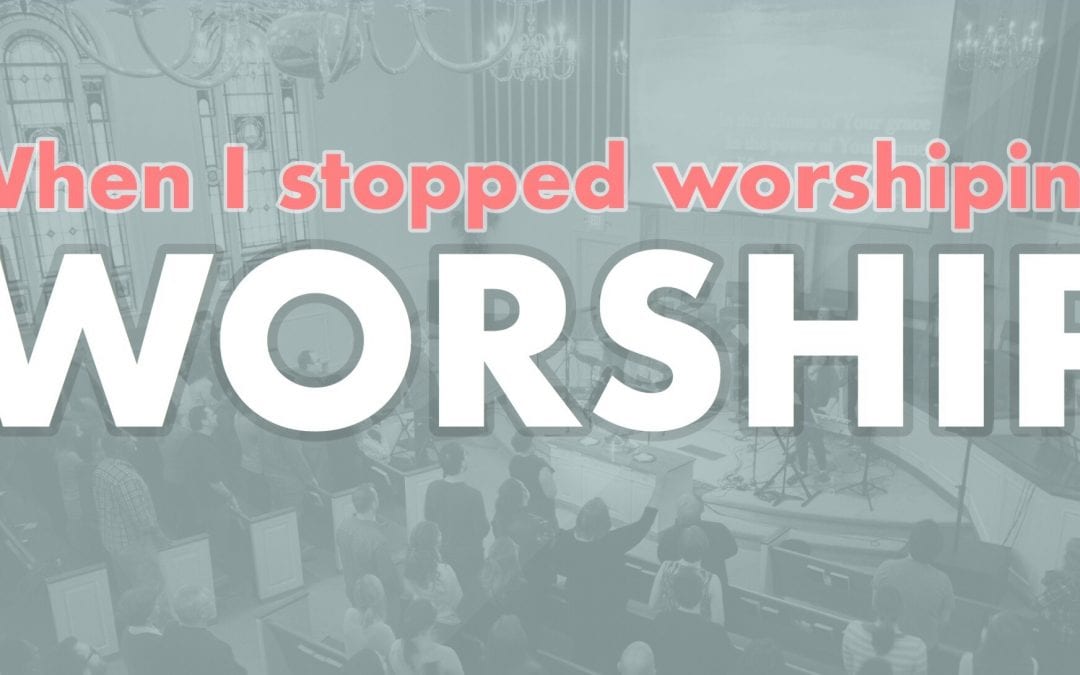
It was November of 2009, and I found myself in a town called Ranchi in northeastern India. We were visiting a church in a small village outside a large city where we were visitors for their service. The church building was made of clay and had no electricity – nothing fancy. But what I experienced inside changed me.
Before arriving in India, I had been a worship leader for 7 years. I had clear expectations about what constituted “good” worship. It was the right songs, the right band, the right creative elements, the right “environment,” and the right “experience.” My job was to create a worship experience for people to partake in. If people responded to these services and “got something out of them,” I felt like I did a good job.
But there in that clay building, everything I thought I knew about worship changed. India is only 2.3% Christian, and the region we were in was even less so. These men and women were poor, and were deeply in the cultural minority. Some of them faced consequences due to their belief. One pastor I met had trouble getting work when people found out he was a Christian.
And yet their worship was as passionate, welcoming, and moving as anything I’d experienced in my life. There were no instruments or “bells & whistles.” They didn’t need to be worked up. They were worshiping God together because they believed him to be good and they knew him to be worthy – even in spite of their circumstances.

I returned to the States, and when it came to leading worship, I couldn’t escape that experience. I thought about how much time I spent trying to create services that convinced people to respond to God. The way I viewed how “good” worship was could no longer stand under the weight of what I had seen and heard.
It wasn’t that there was something wrong with guitars and good music. And there wasn’t anything wrong with that music being of a high quality. What was wrong was the belief that if we did it well, people would experience “good” worship. In reality, I had grown to worship worship. It sounds weird, but what I knew of worship was an idol. And the way I was leading was teaching people to do the same.
The harsh reality I faced in my heart was that I was responding more to the worship than I was to God. I came face to face with the idea that I could lead a quality modern worship service that people would enjoy without the slightest dependence on the Holy Spirit. It haunted me…but it also freed me. Suddenly, God wasn’t dependent on my ability for people to experience him.
Louie Giglio defines worship as “our response, both personal and corporate, to God for who He is, and what He has done.” As leaders, understanding this means our job is to present the biggest, clearest, and most glorious picture of who God is – and then get out of the way. Worship isn’t the picture, it’s the frame. For too long, God was the frame that pointed to our worship. Real worship is simply the frame that directs our attention to the beauty and reality of God.
This Sunday at Restoration, we are having a Night of Worship. But the night’s not really about worship. It’s not about Restoration. It’s not about us. It’s about seeing and responding to God for all He is and Has done.
There’s good news, Restoration! God is with us now, and he’ll be with us Sunday. My encouragement? Come expecting to meet him. Come expecting to see him. And come with a heart to respond. We don’t have to work up his presence. He’s not waiting on us to get it right. He’s a good Father, and he loves to be with his kids.
We hope night’s like this Sunday night become a regular part of our rhythm here at Restoration. Grab a friend and come join us!

